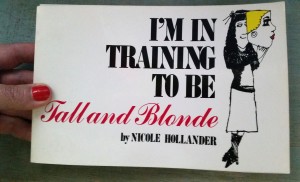 For authors, getting visibility helps put them in front of more potential readers. It also helps put them in front of more potential prospects. Nonfiction authors can get new clients from media coverage; especially if they know how to maximize the coverage that they get. The temptation to spend an interview talking about your book is great. With a bit of thought and planning, you can use your interviews to really connect with your audience, and make the case for why they need to work with you.
For authors, getting visibility helps put them in front of more potential readers. It also helps put them in front of more potential prospects. Nonfiction authors can get new clients from media coverage; especially if they know how to maximize the coverage that they get. The temptation to spend an interview talking about your book is great. With a bit of thought and planning, you can use your interviews to really connect with your audience, and make the case for why they need to work with you.
Here are my top 5 steps a nonfiction author get new clients using media coverage:
Speak in sound bites
“A sound bite is characterized by a short phrase or sentence that captures the essence of what the speaker was trying to say, and is used to summarize information and entice the reader or viewer,” according to Wikipedia. By speaking in sound bites you grab the reader or viewer’s attention and are able to connection quickly as people have short attention spans. A great sound bite is one that resonates with them and is memorable. It is the kind of content that may inspire them to share it on social media, and could easily fit on Twitter, whose limit is 140 characters.
Tell stories about the big problems you solve
Talk about the big problem that keeps your clients up at night. I don’t mean talk about your process. Tell a story about the big problem a client had, and how you were able to solve it. This lets your reader see themselves in your story, especially if this a problem they have. Your audience is going to think. I need that, I want that solution.
Use third party testimonials or descriptions
It can be hard to speak about yourself, especially in glowing terms without sounding boastful. If you have had a client describe you or your work in a very positive and concise way, then use it in your interviews as this can boost your trust and credibility with the audience. For example, “my clients call me the ‘Publicity Queen and Mentor’ and tell me that I make publicity very easy for them to understand and implement on their own.” This serves as both an elegant way to state your expertise, while also building additional third party credibility with the testimonial.
Cite statistics
Statistics sound authoritative and are called ‘sticky content’; they are easily shared and journalists love them. It’s even more powerful if you can cite your own survey or statistics. It doesn’t have to be a huge survey of 1000 clients. If 10 out of 20 clients have the problem that you solve, you can state that ‘50% of the companies we speak to are struggling with this problem.’
Use language that talks about the benefits of your solution
Well chosen words can really reach the audience and help make them desire your solution and want to work with you. Again, this is not intended to be a sales pitch but part of your story. The client was happy because our solution was ____________ [fill in the blank]. Great benefits to cover are how you save time, money or stress. Words, like cheaper, easier, faster, better will grab the audience’s attention. Who doesn’t want more results like that in their business.
Don’t be afraid to be a bit mysterious and suggest that the audience will have to get the book to find out exactly how you achieved an outcome, but do tell great stories and give them enough information to intrigue them. Make a specific reference in your interview to your book. For example, ‘I cover this in chapter 3’. That draws your reader or listener back to the book and suggests they get it to read chapter 3 for themselves.
Finally, include an invitation, also known as a call to action. In print media, it’s up to the journalist or publication what they will include it in the article or profile, so it may not be possible; you’ll want to ask if they can include your invitation. A good call to action can be ‘sign up for my newsletter’, ‘download a free report’ or ‘download a sample chapter of the book’ on my website. When you are being interviewed on radio, podcast or TV you can usually make a call to action. I recommend discussing it with the media outlet beforehand. They will often be happy to segue into your call to action by asking, “If the listener would like more information about your work, what is the best way for them to find out?” Here is where you invite the reader or listener to connect with you, download your content or engage with you on social media.
Related Content
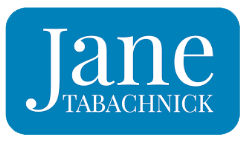
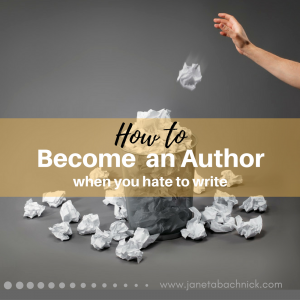 It would seem to be an oxymoron that you can become an author if you hate to write, however it is in fact possible. You can do so in the 4 ways I outline below without requiring a ghostwriter to create your content.
It would seem to be an oxymoron that you can become an author if you hate to write, however it is in fact possible. You can do so in the 4 ways I outline below without requiring a ghostwriter to create your content.



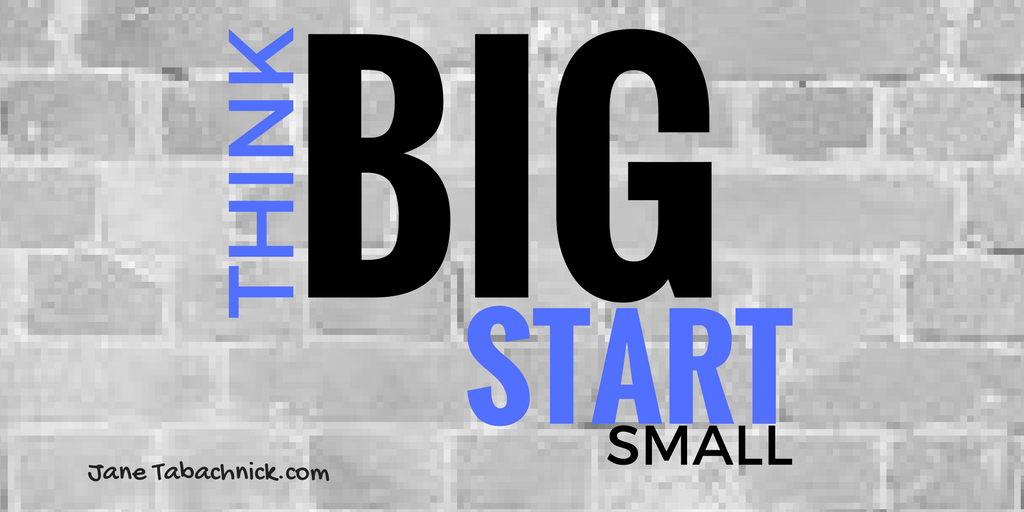

 As I was watching the Bourne Identity the other night, I saw 6 ways to get readers lined up. I was seeing it for the umpteenth time and enjoying the commercial breaks for a change, because Matt Damon came on to talk about the soon-to-be-released movie Jason Bourne, and how the movies were made. He gave us some insights and behind-the-scenes looks into all Bourne movies, including the newest one.
As I was watching the Bourne Identity the other night, I saw 6 ways to get readers lined up. I was seeing it for the umpteenth time and enjoying the commercial breaks for a change, because Matt Damon came on to talk about the soon-to-be-released movie Jason Bourne, and how the movies were made. He gave us some insights and behind-the-scenes looks into all Bourne movies, including the newest one.
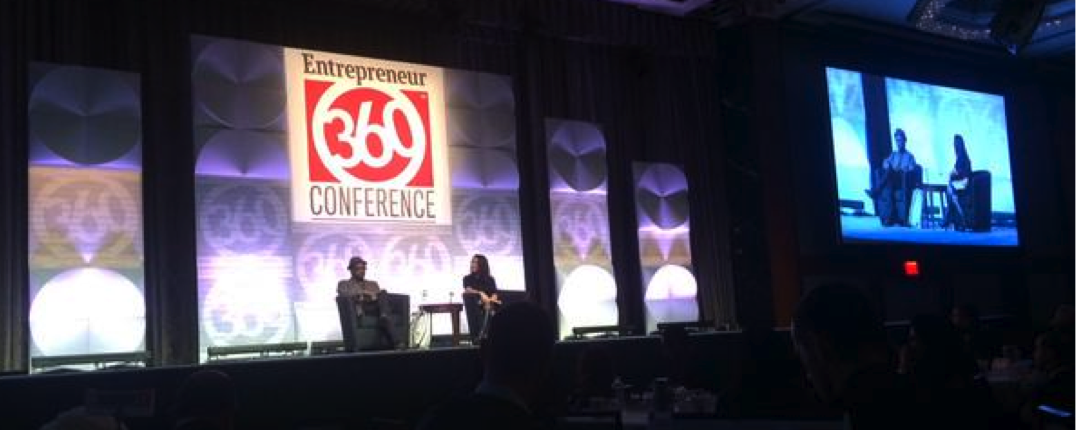
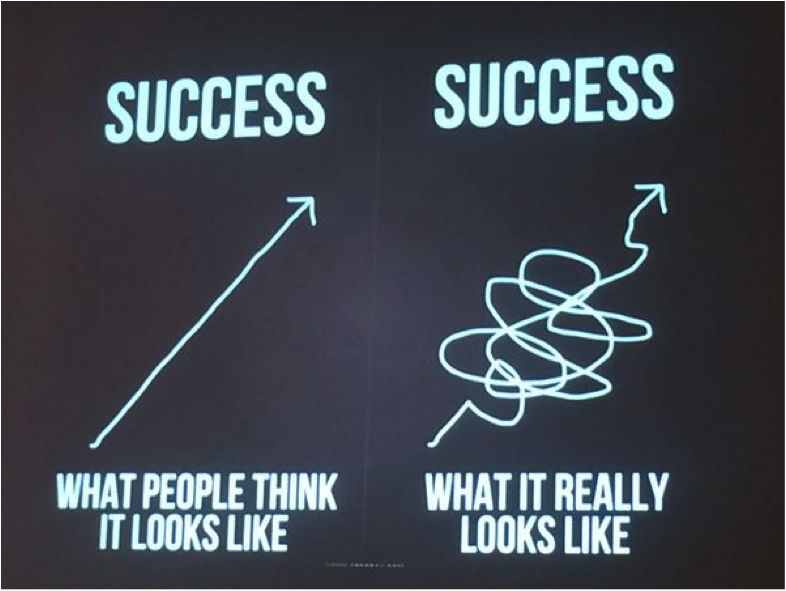
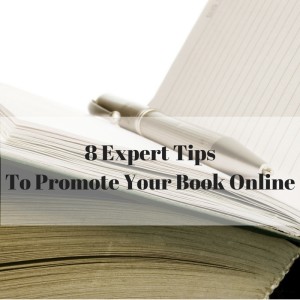 Writing a book is a lot like having a baby. You need to prepare for the big event; a process often described as painful, yet one that yields beautiful results.
Writing a book is a lot like having a baby. You need to prepare for the big event; a process often described as painful, yet one that yields beautiful results.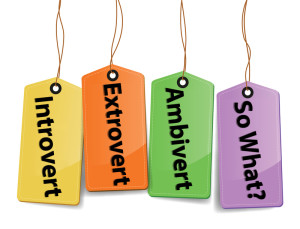 There is a lot of talk in the news about introverts lately. It’s the topic of conversation regularly for my publicity shy prospects and clients, and me.
There is a lot of talk in the news about introverts lately. It’s the topic of conversation regularly for my publicity shy prospects and clients, and me.